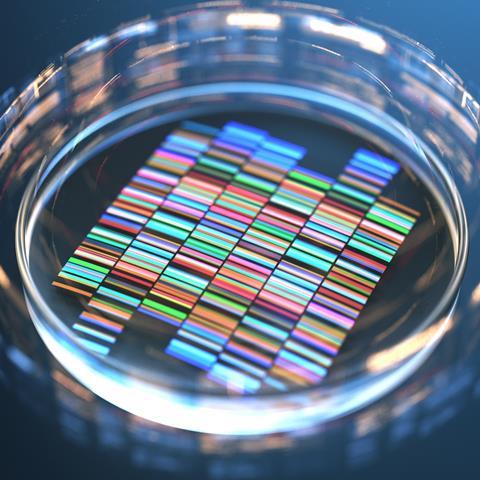
CRISPR, the precision gene-editing technology, has been combined with artificial intelligence (AI) to control gene expression making it like putting on a ‘light switch.’ The study, conducted between New York University (NYU), Columbia University and the New York Genome Center , is a breakthrough in the technology as the CRISPR tools can now be used to target RNA instead of DNA.
The enzyme Cas13 is used to edit RNA to bring about the desired result. The RNA could be adapted by blocking expression of a particular gene, or editing information in the RNA itself.
“Accurate guide prediction [that CRISPR provides] and off-target identification will be of immense value for this newly developing field and therapeutics,” said Neville Sanjana, associate professor of biology at NYU.
The individual actions of 200,000 guide RNAs were measured in Sanjana’s study which provided additional data on mutations – particularly insertions and deletions. The AI was a deep learning model – called TIGER – which learned to predict RNA activity, on target and off target. About one-in-five human mutations are insertions or deletions so this model became essential to understand gene expression.
The combined CRISPR and AI technology – modulated by TIGER – could then be used to change the amount that a particular gene is expressed. This could provide treatments for those with schizophrenia or Down’s syndrome where too many copies of a gene are expressed.
It is further hoped the new technology will, in future, develop treatments for viral infections such as influenza and coronaviruses, like the novel SARS-CoV-2.
Concerns have been raised about ethical issues posed by gene-editing technology like CRISPR including its potential to create ‘designer babies’. ’ Although there are strict laws against this in most countries, there remains the risk that these techniques will be used in human embryos to switch genes on or off. Eye and hair colour, potentially taller growth, and the propensity to gain weight are among the many characteristics that could be altered with the new technology.













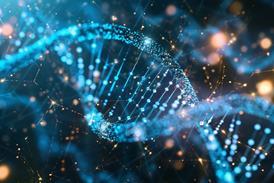
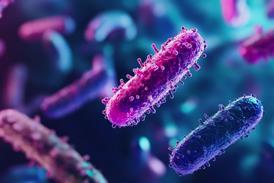






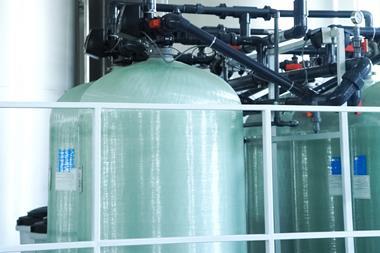

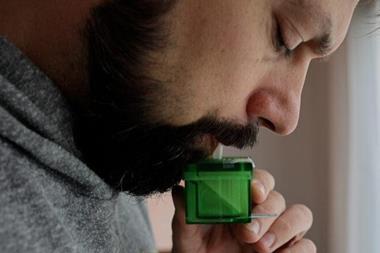


No comments yet